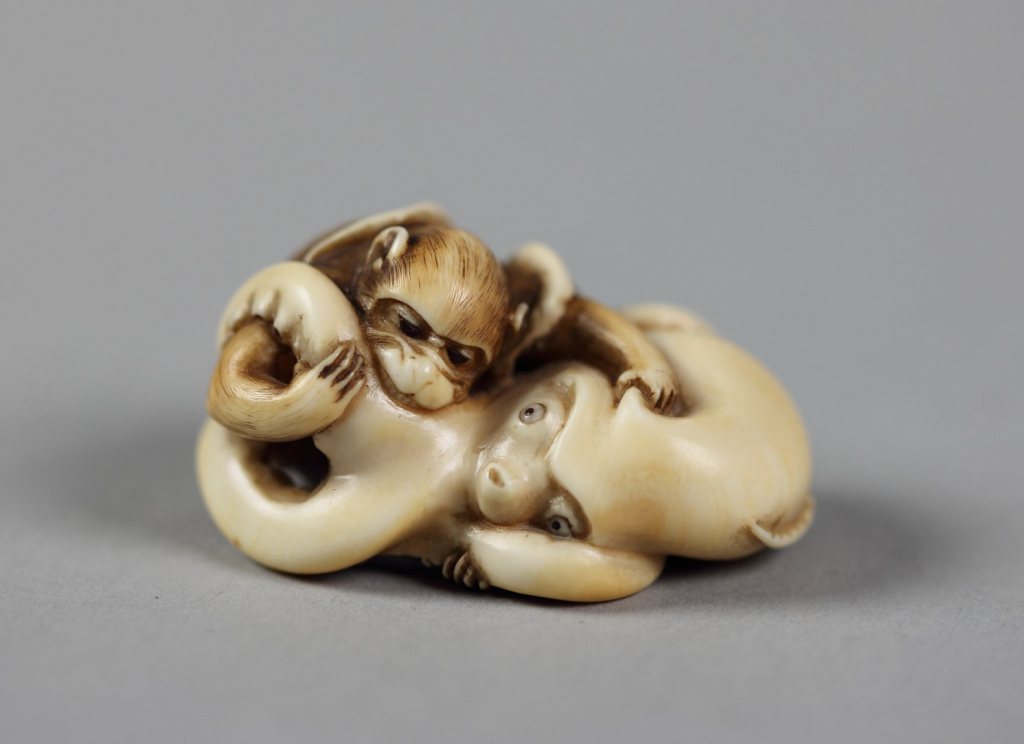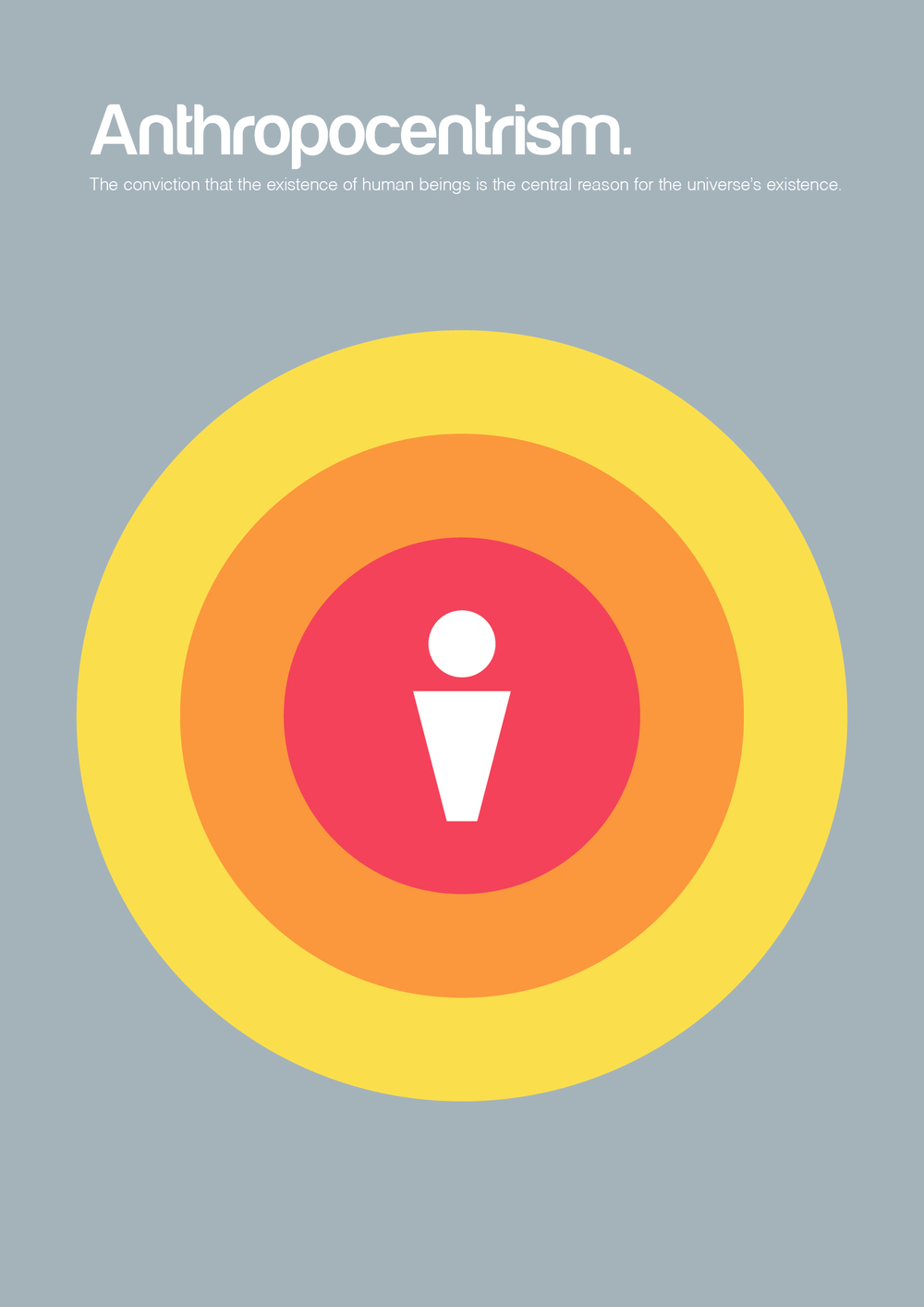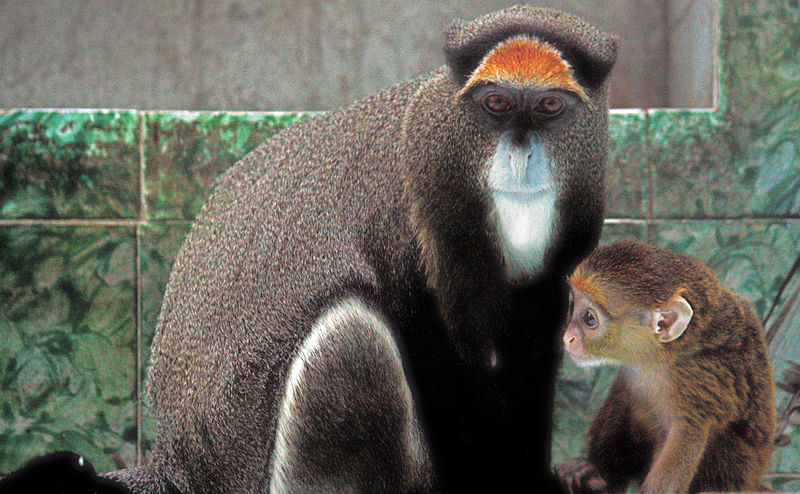From Burden of Dreams, 1982.
Thank you for unintentionally bringing this to my attention while informing me about the secret sex sex life of the Croatian bear: Florens.
From Burden of Dreams, 1982.
Thank you for unintentionally bringing this to my attention while informing me about the secret sex sex life of the Croatian bear: Florens.
All the little tidbits I collect here on this blog are basically afterthoughts, secondary ideas, weird or hilarious findings, or just random associations to the dissertation I am writing. If you are at all interested in what could possibly trigger such a load of useless information and absurd musings, there is good news: Our Swiss website for the project my dissertation takes part in. For now it is only in German, but lets face it, for most of you, that should not be much of a problem. http://www.affekte.unibe.ch/

Too much summer and work to make this blog a more frequent output of my findings. But today, a short note on eating habits: Apparently, among primates everything is, well, fair game. Fruits and vegetables, of course (almost all of us). Leaves, oh yum, (a lot of us, especially the mountain gorillas and humans). Insects, well, yes (come on, everybody does it, and be it the odd bug on your salad leaf). Smaller vertebrates, ok. Larger vertebrates, ehm, if you need to… (baboons, chimpanzees and humans)? But then: Bark (Japanese macaques, gorillas, humans). Rotten fish, spat out by the see (Japanese macaques). Octopus straight from the sea (again, Japanese macaques). Own feces (gorillas). Conspecifics’ kids (chimpanzees: proven, gorillas: suspected, humans: at least in fairy tales).
Further reading on this menu: Dian Fossey: Gorilla’s in the Mist (1985); W.C. McGrew: Culture in Nonhuman Primates? Annual Review of Anthropology, 27 (1998); Jacob und Wilhelm Grimm: Hänsel und Gretel (1812); Jane Goodall: In the Shadow of Man (1971); Desmond Morris: The Naked Ape (1967); Naofumi Nakagawa, Masayuki Nakamichi, Hideki Sugiura (Ed.): The Japanese Macaques (2010); Shirley C. Strum: Almost Human (1987); Richard Wrangham, Dale Peterson: Demonic Males (1996).

I appreciate complexity in its various forms but Genis Carreras’ Philographics are ingenious. Yes, sometimes it is as simple as that.
For a while now I have been fascinated by the narratives of human evolution. The stories told about how humans evolved from an ape-like ancestor, or a species that split into a line dedicated to become “human” and one dedicated to become “chimpanzee” and “bonobo”, are thrilling examples of historical and contemporary scientific paradigms, social theories, and more often than not – wishful thinking (for futher reading on this I recommend Raymond Corbey: The Metaphysics of Apes). Of course no one in their right mind would seriously debate the development of human form (homo) from diverse ‘anthropuses’ (pithecanthropus, plesioanthropus, paranthropus, praeanthropus) and ‘pithecuses’ (australopithecus, ardipithecus) (Roland Borgards Primatographien and Raymond Corbeys The Metaphysics of Ape). But you cannot deny either the systematic underestimation of apes fostered therein, or the appeal of the still lingering teleological feel to the narrative of human evolution. It even survives into the economic models of contemporary evolutionary biology, where everything and everyone is regarded as a behavioural slave to their reproductive success. That is why I appreciate the Smithsonian Institute’s attempt to make use of the phylogenetic tree model without overdetermining the interconnections and time line of various species. Ingeniously they depict an African acacia with greenery, so you can make out general branches, but not individual twigs: Human Family Tree | The Smithsonian Institution’s Human Origins Program.
Nevertheless it makes a colourful impression of how many different forms there were along the line of roughly 6 million years (and makes you wonder, how many chimpanzee forms there migth have been in the same time span). The Smithsonian also provides me with impressive modelling art, that lends sometimes curious sometimes suppliant faces to almost every one of those plentiful forms, now extinct.
I have spent precious hours at night clicking through wikipedia lemmata of human and pre-human and post-simian forms and couldn’t ward off thrills and chills vis-à-vis the murderous story that can be told by fossils mixed with a decent anthropological interpretation and some carbon dating: about the rise of our species from the remains of not only a vast legacy of previous forms – but also quite an array of then-contemporaries. Along the way of human evolution lie a lot of extinct other species and genera. One has to wonder if their extinction wasn’t a deliberate attempt of a very rumbunctious and fierce, fast-breeding and lethal omnivore. Who just had to sit on top of the tree, all by itself, excercising its linguistic and cognitive faculties solely to its own pleasure, homo loquens spitting on all else.

A punk set of hair, a cool beard, and a nice touch of sexual ambivalence, but it is all in the name game: Meet De Brazza’s Monkey (common name), cladistically and quite accurately known as Cercopithecus neglectans, also called a species of the Genuon genus. And this is where it gets spicy: ‘guenon’ might be an asexual sign for a genus in English, but in French a ‘guenon’ is always and for ever solely: a female monkey or ape. Add to this the enticing white stripe that runs down its thigh, as Wikipedia informs me, the punky hairdo in orange and the white goatie which is matched by its white eyelids and there is some sort of entertaining drag theme going on already. But this not being enough, this species is also, colloquially, called Ayatollah monkey – in reverence of the beard and possibly the booming noise it communicates with, but surely in evidence of a common bout of strange zoologist humor…
If I were to be asked to illustrate the phrase “hauting art”, two examples would spring to mind immediately. They are both by the same artist, both make use of the unveiling documentary functions of photography and both feature simians. That might either mean that Perttu Saksa’s art is especially hauting in the way it delivers the manners in which humans mistreat fellow primates. Or, what haunts me is how the products of this mistreatment – aged taxidermic exhibits in a museal context of natural history (Echo, 2011) and performances of monkeys dressed as dolls (A Kind of You, 2013) – can easily be put into an art context. Taxidermy is still, as Wikipedia examplifies, popularly defined as “the art of preparing, stuffing, and mounting the skins of animals […] for display […] or for other sources of study.” While pet owners thus conserving their loved ones for near-eternity might have known this forever, only the dark capture of these neglected simian exhibits, moth-eaten, blind-eyed and rudely stapled or sawn up, renders the material truth visible: That these are primate corpses, skinned, mounted on plaster and stuffed, it is arms and legs and hands and heads. Conservation, as Donna Haraway nicely dissected, first meant: getting an exemplary stuffed one for the collection before the live ones were extinct, in the process speeding up the extermination because what ape community would give up one of their own to texidermic-artistic and voyeuristic-educational pleasures without a fight? A more modern form of conservation is preservation with the slight tendency to paint the simian as childlike confidante, a consequence of the mean age of the main occupants of rehabilitation centers: orphaned and often humanized infants and juveniles. How matching that street performers in Indonesia take advantage of the human default tendency to look for the (inner?) child and its typical forms of endearment in the living (and for that matter, in the inanimate) world and render chained monkeys into begging dolls in rags. Haunting how these little enforced performers appear to be sad horror story children chained to a wall? Haunting how this is also an art form, that of begging performances as a form of street art as a means of survival?
The perks of living in a town with a solid mediaval history: charming quirks all around – and some of them even relate to what my head has to cope with every day. Where better to write a dissertation on Apes and Affect than in a city known for its masons (Zunftgesellschaft zum Affen) who liken themselves to apes and their imitative proficiency?
Thanks for directing me to this finding: Fermin.
While Koko the Gorilla, Kanzi the Bonobi, Peter the Dolphin, Nim the Chimpanzee and Alex the Parrot are already chatting away at their human language teachers and researchers (mostly about “Give me food”, “Take me away from these ugly apes” and “I am bored.”), there are dozens if not hundreds of species out there who might have something to say to their human captors, eh, co-habitants.
Luckily, Research, Commerce and Art, those muses of our day and age, put their heads together and and came up with a proposition to at least enable a more reciprocal communication between “them” and “us”, that is: human and non-human animals. An Interspecies Web: http://blog.ted.com/2013/02/28/the-interspecies-internet-diana-reiss-peter-gabriel-neil-gershenfeld-and-vint-cerf-at-ted2013/
While I am kind of interested in how this furthers research with animals and over all an evolution of human-animal-ethics, I think it strange that this account ends once again with the wish to be able to call up ET and his conspecifics. Isn’t understanding what a possibly malicious dolphin really wants when he/she bumps you under water enough for a scientific revolution?
Human-animal communication, according to the omnipresent first-look-source Wikipedia, “is the communication observed between humans and other animals, from non-verbal cues and vocalizations through to, potentially, the use of a sophisticated language.” While some might still be looking for the right way to get their pets to do what they try to tell them by yelling commands at their puzzled faces, this eager monkey has it all figured out: “Who needs sophisticated language? I can get the human to do a useless task any time I want, you just watch and learn!”